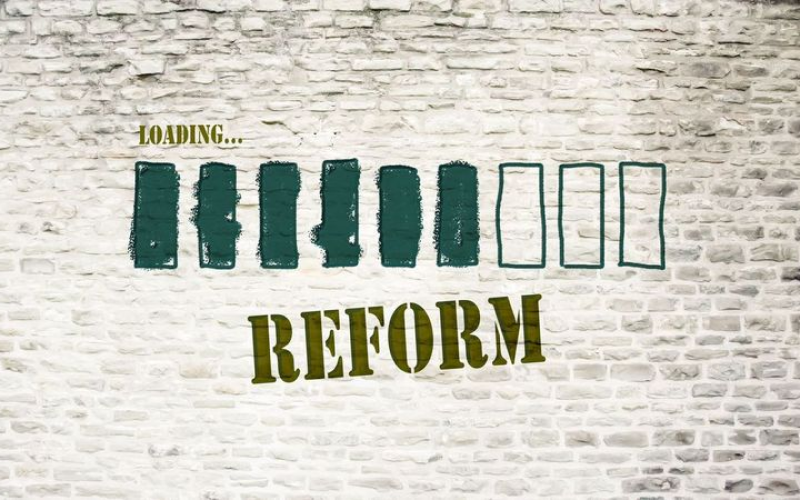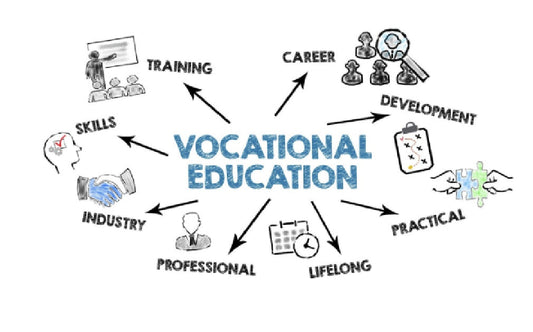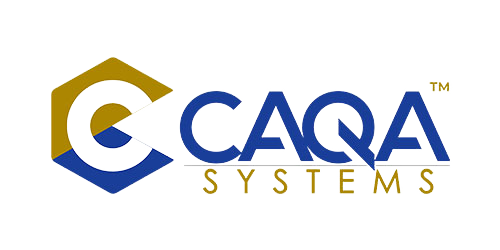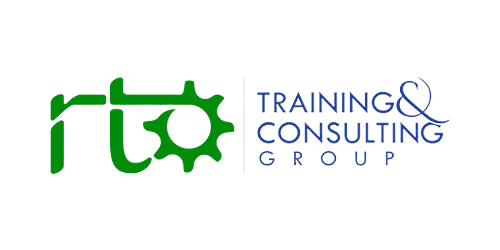The imposition of student caps should be seen as a temporary bandage rather than a long-term solution to the problems in Australia’s education sector. If ASQA and TEQSA are to regain the confidence of both the public and the industry, structural reforms must be implemented to ensure that regulatory oversight is robust, targeted, and effective.
1. Proactive Monitoring and Enforcement
ASQA and TEQSA need to adopt a more proactive approach to monitoring and enforcement. This means moving beyond relying on complaints and whistleblowers and instead conducting regular, unannounced audits of institutions, particularly those with a history of non-compliance or rapid student growth. Rogue providers should face swift and decisive penalties, including the suspension or revocation of their registration if they are found to be engaging in unethical practices.
2. Stronger Collaboration Between Regulatory Bodies
ASQA and TEQSA must collaborate more closely with other government agencies, such as the Department of Home Affairs and the Australian Taxation Office, to share information and identify patterns of exploitation. By working together, these bodies can more effectively track down providers that manipulate student visa processes or engage in fraudulent activities.
3. Enhanced Data Analytics and Risk Assessment
Data-driven approaches to regulation must be prioritised. By leveraging advanced data analytics, ASQA and TEQSA can more accurately identify providers that pose a risk to the sector. This includes analysing trends in student outcomes, financial practices, and compliance records to create a more nuanced understanding of which providers are likely to engage in misconduct.
4. Protecting Ethical Providers
Ethical providers should not be penalised for failing the system. Instead, ASQA and TEQSA should work to create a regulatory environment that rewards compliance and quality. This could include introducing incentives for providers that consistently meet high standards, such as expedited approvals for new courses or expanded student caps for those with a strong compliance history.
5. Restoring Trust in Australia’s Education System
Finally, the government and regulatory bodies must make a concerted effort to restore trust in Australia’s education system. This means addressing not only the issues within the VET and higher education sectors but also ensuring that international students feel confident that they will receive the education they were promised. Transparency, accountability and a commitment to quality must be at the forefront of any future reforms.
A Turning Point for Australian Education
The introduction of student caps has cast a spotlight on the underlying issues in Australia’s vocational and higher education sectors. While these caps may help slow the growth of unscrupulous practices in the short term, they do not address the root cause of the problem—regulatory failure. ASQA and TEQSA must step up to the challenge and implement meaningful reforms that protect students, uphold quality, and ensure that rogue providers are held accountable.
Australia’s education sector is at a critical juncture. Without decisive action, the country risks losing its status as a world leader in education and the billions of dollars that come with it. However, with the right reforms, Australia has the opportunity to rebuild its reputation, support ethical providers, and create a sustainable, high-quality education system that benefits both students and the nation as a whole.


































